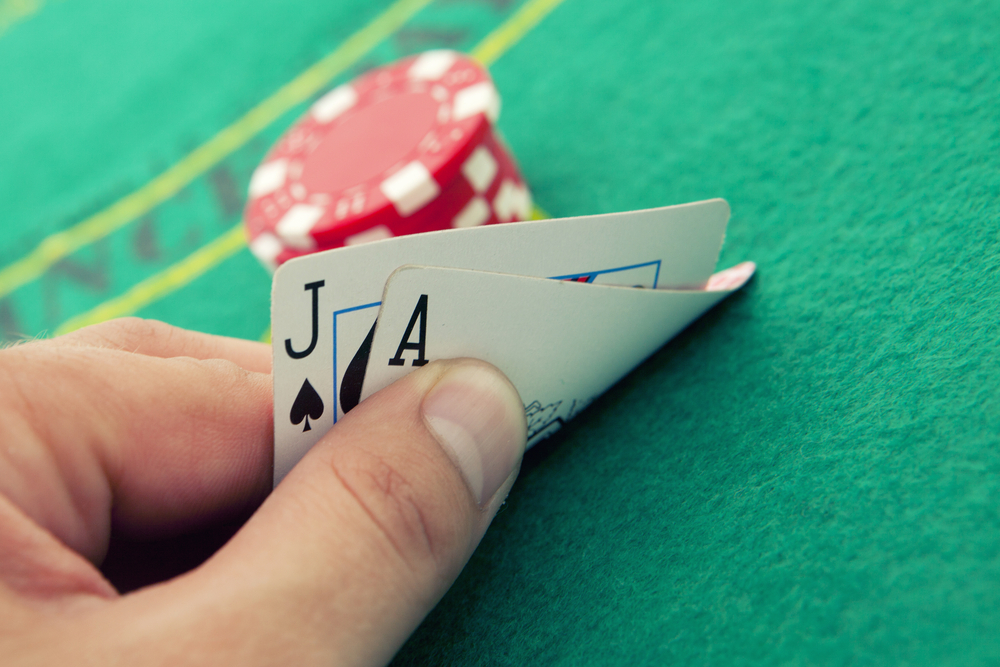 I field hundreds of questions from readers every year. They cover a wide range of topics including strategy basics, bankroll needs and even gaming history. A few catch my eye as being of special interest.
I field hundreds of questions from readers every year. They cover a wide range of topics including strategy basics, bankroll needs and even gaming history. A few catch my eye as being of special interest.
Right now, with the expansion of sports betting, there are things players need to know that were outside their usual domain before last year. Here are a few from the vault you might find interesting.
QUESTION: When I pay the 10% on a point spread bet or over/under, is that the house edge? A 10% edge seems awfully high to deal with.
ANSWER: The house edge is derived from the 10% vig it charges on those bets, but it’s not 10%. It’s 4.55%. Here’s how it works. Let’s say you bet $10 plus $1 vig on the over and I bet $10 plus $1 vig on the under. The over wins, so I lose my money. You get back your $11 plus $10 in winnings. The house keeps $1 of the $22 we risked between us. Divide $1 by $22, then multiply by 100 to convert to percent, and you get 4.55%.

QUESTION: I was having a friendly argument with my dad about busting in blackjack. We agree the house has its edge because of busts, but he thinks players bust a lot more often than the dealer, maybe even twice as much. Who’s right?
ANSWER: Players don’t bust anywhere near as often as dealers. For basic strategy players, busts happen on about 16% of hands. For dealers, it’s closer to 28%. The reason is the hit/stand rules for dealers. Dealers must hit any 16 or lower. On hard 12, 13, 15 or 16, you have the option of standing. Basic strategy players do just that on 13 through 16 if the dealer has a 2 through 6 up and on 12 against a dealer’s 4, 5 or 6. Dealers don’t have that option, so there are many more opportunities for them to bust than there are for players.
So, you are correct that it’s the timing of busts, rather than the number of them, that gives the house its edge in blackjack. Players complete their hands before the dealer, and any player bust is a loss regardless of what then happens with the dealer hand. If a player and the dealer bust in the same hand, the player loses. That’s just a huge advantage for the house that other rules favoring the player are necessary to make the game playable. That’s why options to double down and split pairs exist, and why blackjacks pay 3:2 in better games and 6:5 in poorer ones. But for sheer number of busts, dealers have the larger share.

Derby City Gaming in Louisville, Kentucky offers Instant Racing Machines. (Photo Courtesy of Derby City Gaming/Clay Cook)
QUESTION: Three-dimensional imaging on slot machines has gotten good, and you wrote that Sphinx 4-D adds touch to the mix. Then you have the games with the motion chairs, so at least some of the games are going for a full-sensory experience. With all that, why don’t we have games with sense of smell?
ANSWER: Smell as a slot attraction was tried in Lucy and the Chocolate Factory, an IGT nickel video slot introduced in 2002. Based on one of the most popular episodes of “I Love Lucy,” the game had 12 paylines and a bonus event in which players touched the screen to pick chocolates off a factory line. In a feature called “Chocolate Smell-o-Rama,” machines gave off a chocolate aroma. The game held its own, but results weren’t so strong that manufacturers rushed to produce their own odorous slots.
There are challenges. Aromas must be strong enough that players notice, but not so strong they impinge on neighboring players. Smells must be regarded as pleasant, or at least not offensive. And if a significant share of slots featured smells, they’d have to be arranged on the slot floor so competing odors didn’t create something truly noxious.
Similar problems have surfaced in motion picture attempts to incorporate smell, including the Smell-O-Vision process used for the 1960 film “Scent of Mystery.” Customers complained smells were too strong in some parts of the theater, too weak in others, nauseated some viewers, and were poorly synchronized with action on the screen.
There have been other experiments with smell in the movies, and there probably will be others on the slots, too. Whether any are successful enough for slots of smell to become a regular casino feature is problematic.
_______________
By John Grochowski
AUTHOR BIO: Syndicated gaming columnist John Grochowski has been covering the casino industry for over 20 years in his weekly column distributed to newspapers, websites and magazines. He is also the author of six books, including The Slot Answer Book and The Video Poker Answer Book. You can also find him online at CasinoAnswerMan.com






